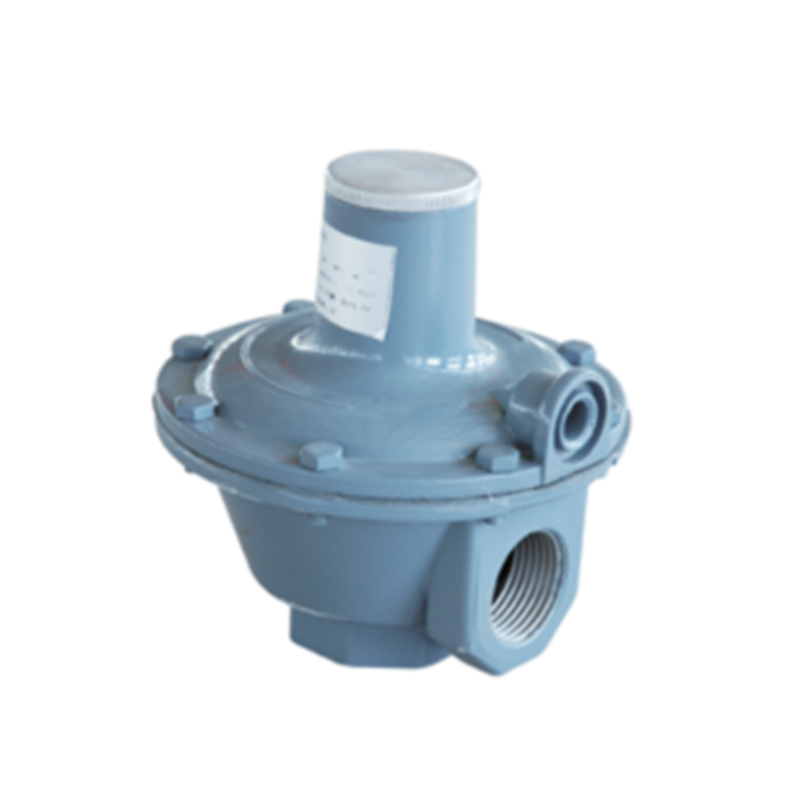
Nov . 05, 2024 17:03
Back to list
السخانات الكهربائية
Electric Heaters A Comprehensive Overview
Electric heaters have become an integral part of modern heating solutions, offering a reliable and efficient way to maintain warmth in homes and workplaces during chilly months. As concerns about energy efficiency and environmental impact increase, understanding the functionality, types, and advantages of electric heaters is essential for consumers and builders alike.
How Electric Heaters Work
Electric heaters convert electrical energy into heat through various mechanisms. The most common process involves resistance heating, where electric current passes through a resistor, producing heat. This heat can be distributed into the surrounding air or used to heat water, depending on the type of electric heater. With advancements in technology, some electric heaters use infrared radiation or heat pumps, which are more energy-efficient alternatives.
Types of Electric Heaters
Electric heaters come in various forms, each designed for specific applications and environments
1. Convection Heaters These heaters use natural or forced convection to circulate warm air. They are typically found in baseboard heaters and wall-mounted units. As air heats up, it rises, and cooler air is drawn in, creating a continuous cycle that effectively warms the room.
2. Radiant Heaters Radiant heaters emit infrared radiation that heats objects and people directly in their path. They are excellent for spot heating and are commonly used in bathrooms or outdoor spaces.
3. Fan Heaters These compact units blow air over a heated coil, quickly warming the space. They are often portable and can be used in various rooms, making them popular for temporary heating solutions.
4. Oil-Filled Radiators These heaters contain oil that is heated by an electric element. The oil retains heat for longer periods, allowing for prolonged warmth even after the heater is turned off. They are ideal for maintaining a consistent temperature in larger rooms.
.
Advantages of Electric Heaters
السخانات الكهربائية

Electric heaters boast numerous benefits, making them a popular choice for residential and commercial applications
- Efficiency Electric heaters convert almost all electricity into heat, resulting in 100% efficiency. They do not require fuel storage or complex installations, which saves space and time.
- Safety Modern electric heaters are equipped with safety features, such as tip-over protection and overheat shut-off, minimizing the risk of accidents. Additionally, they produce no exhaust emissions, contributing to better indoor air quality.
- Ease of Use Electric heaters are typically easy to install and operate. Most units come with adjustable thermostats and timers, allowing users to customize their heating preferences according to their needs.
- Environmentally Friendly As the electricity grid increasingly incorporates renewable energy sources, electric heaters can be a more sustainable heating option. When powered by clean energy, they significantly reduce carbon footprints compared to fossil fuel-based systems.
Considerations for Consumers
While electric heaters are advantageous, it is crucial for consumers to consider several factors before purchasing one
- Room Size Different heaters are designed for various room sizes. Choosing a unit that adequately heats the intended space without excessive energy consumption is essential.
- Cost While the initial cost of electric heaters may be lower than some traditional heating systems, operating costs can vary based on electricity rates and usage patterns. It is prudent to evaluate long-term expenses.
- Heating Needs Determine whether the primary requirement is for whole-home heating or supplemental heat for specific areas. This will guide the choice of the appropriate heater type.
Conclusion
Electric heaters provide a versatile, efficient, and environmentally friendly solution to winter heating needs. Understanding the different types available and their respective benefits can help consumers make informed decisions. As technology continues to evolve, electric heaters will likely become even more efficient, further solidifying their role in energy-conscious heating solutions.
Latest news
-
Safety Valve Spring-Loaded Design Overpressure ProtectionNewsJul.25,2025
-
Precision Voltage Regulator AC5 Accuracy Grade PerformanceNewsJul.25,2025
-
Natural Gas Pressure Regulating Skid Industrial Pipeline ApplicationsNewsJul.25,2025
-
Natural Gas Filter Stainless Steel Mesh Element DesignNewsJul.25,2025
-
Gas Pressure Regulator Valve Direct-Acting Spring-Loaded DesignNewsJul.25,2025
-
Decompression Equipment Multi-Stage Heat Exchange System DesignNewsJul.25,2025

